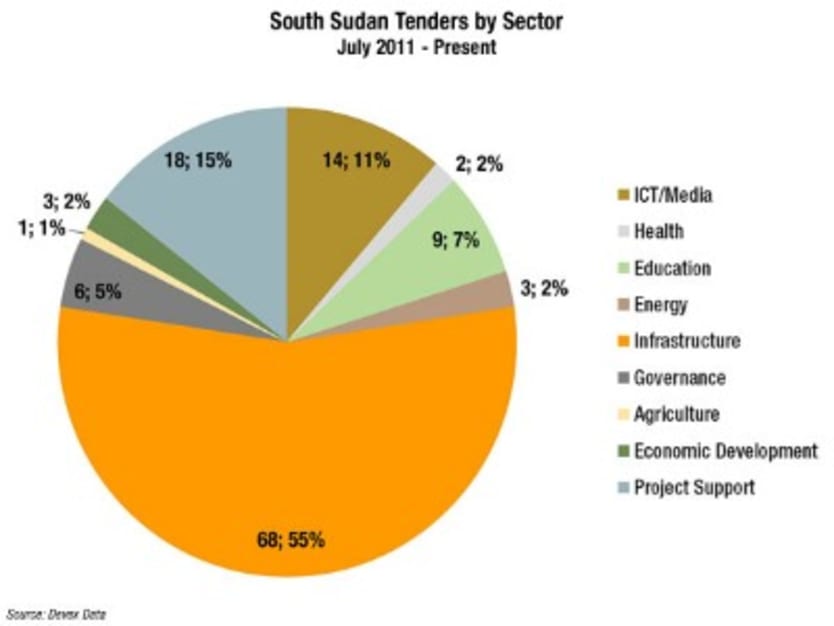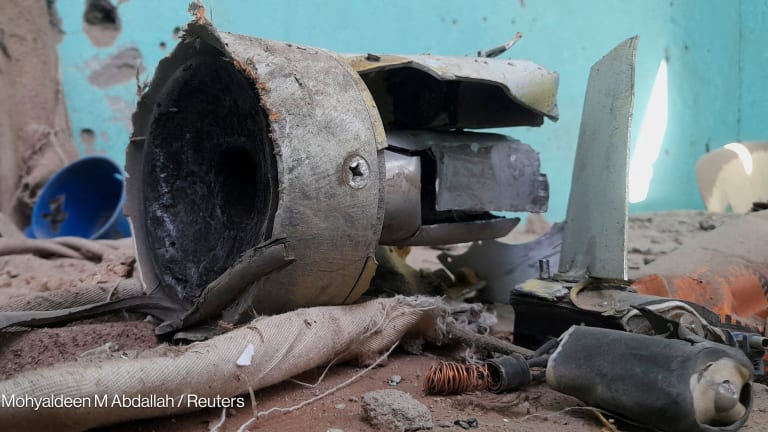
On December 14-15, 2011, donors gathered in Washington D.C. for the International Engagement Conference for South Sudan to welcome the newborn nation into the international community. The official forum resulted in an outpouring of support and promises of aid from donors such as the United States, United Kingdom, Norway, Turkey and the European Union, as well as international institutions such as the United Nations, African Union, World Bank, International Finance Corp., Corporate Council on Africa, and the nongovernmental organization alliance InterAction.
Regrettably, these pledges have been overshadowed and, to a certain degree, overcome by quickly deteriorating humanitarian conditions. Not long after the landmark conference, fierce fighting in an area known as Jonglei state broke out between the Lou Nuer and Murle tribes, hogging the headlines and overturning whatever modest yet hard-won successes the fledgling nation has enjoyed since formally breaking away from its northern neighbor on July 9, 2011. Despite the presence of U.N. peacekeepers and efforts of the still-emerging South Sudanese government, most analysts contend that inter-ethnic and tribal conflict over scant resources such as fertile land, cattle, and clean drinking water will continue to devastate the country in the absence of extensive and coordinated international intervention.
In September 2011, a group of 38 nongovernmental organizations operating in the region during the six-year period prior to South Sudan independence released a joint report detailing recommendations on how the development community can best support South Sudan. One of the key recommendations from the report, titled “Getting it Right from the Start,” was to “balance development assistance with continued support for emergency humanitarian needs.” The report also asserted that “there will be substantial humanitarian needs for years to come” and that donors must be ready to quickly provide aid, as well as plan for a long-term humanitarian engagement given the country’s volatile security situation and its vulnerability to climatic changes.
Similarly, the U.S. Agency for International Development’s report called “Transition Strategy for South Sudan 2011-13” acknowledges the likelihood of ongoing internal conflict, as well as the developmental repercussions. “Given that stability is the goal, the [USAID] Transition Strategy emphasizes mitigating and managing the drivers of conflict to the extent that these are within USAID’s manageable interest. This will begin with flexible, quick-impact conflict mitigation efforts in flashpoint areas that will be implemented in partnership with local officials and traditional authorities,” a section of the report reads. Sudan and South Sudan both present an opportunity for the U.S. to prove how foreign aid can support national security interests. The northern and southern Sudanese regions, both of which have been linked to terrorism, have been two of the largest recipients of U.S. development funding, receiving between $500 million and $900 million annually in the last five years.
Other major donors have laid out their respective plans for assisting South Sudan, with common areas of concentration being health, education, agriculture, food security, and peace and stability.
Australia has committed 16 million Australian dollars ($16.9 million) over two years for education, sanitation and maternal health. The European Union likewise pledged continuous support for a peaceful transition in South Sudan. European Commissioner for Development Andris Piebalgs announced in July that the EU planned to increase its aid to the country to €300 million ($425.7 million) from €200 million. The EU is also reportedly planning to spend €900 million on South Sudan’s development through 2013. The Dutch government has also promised a €75 million annual contribution to South Sudan through bilateral and multilateral channels. The Japan International Cooperation Agency is funding projects in vocational training, water supply access, transport infrastructure and capacity building.
Multilateral donors are also engaged, particularly the World Bank, which is planning a South Sudan donor conference in early 2012 and has allocated $75 million for a trust fund that will finance South Sudan’s infrastructure, health care and employment programs. The World Bank is also managing the Multi-Donor Trust Fund for South Sudan, a fund established in 2006 with 14 contributing countries and institutions. As of July 2011, $439 million has been disbursed out of the $548 million paid to the trust fund with the vast majority of these funds being funneled directly to the South Sudanese Ministry of Finance and Economic Planning. Furthermore, South Sudan and the African Development Bank have signed a general cooperation agreement that will make it possible for the AfDB to extend financial and technical support.
While these donors’ commitments are certainly promising, there is some evidence that longer-term plans are being put on hold as development agencies wait for more stability and prioritize critical humanitarian assistance. Indeed, since South Sudan’s official independence in July 2011, the issuance of tenders has been slow and sporadic, making it difficult for technical implementing partners to get involved. According to Devex data, only 131 total procurement opportunities have been issued for South Sudan since the country’s official inception, including those issued in-country through the Procurement Portal of the Government of South Sudan. Of that total, approximately 90 percent were issued through the United Nations.
Unsurprisingly due to the country’s extremely poor transport, communications, and power systems, 55 percent of all procurement opportunities were infrastructure-focused. In October 2011, the World Bank announced a Rural Roads Project for South Sudan intended to improve road connectivity to agricultural services for rural communities in high agricultural potential areas. The World Bank estimates the total project cost at $38 million with official board approval slated for March 6, 2012. The South Sudan Ministry of Roads and Bridges will be responsible for the implementation of the project.
Louie-An Pilapil contributed to this report.
Read more international development business news & analysis.
Read more:








